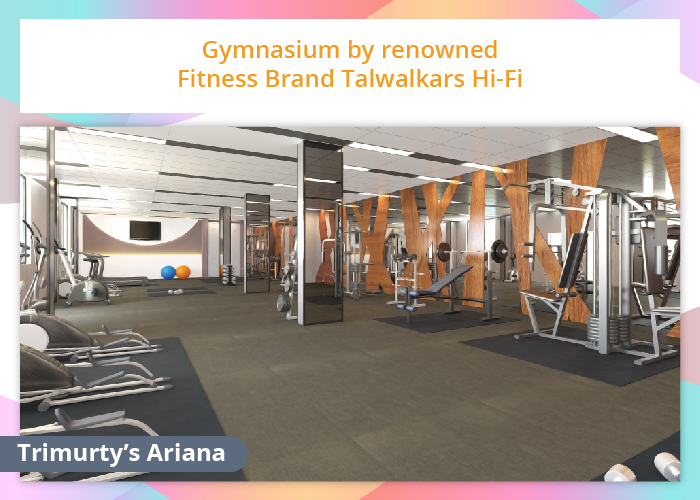With rising temperatures and extreme summer conditions, it is essential to keep your home cool while also reducing energy consumption. Instead of relying solely on air conditioners, small yet effective changes in your home can help beat the heat naturally. From using reflective coatings to optimizing airflow, here are the best ways to maintain a cool indoor environment during hot summers while also staying eco-conscious.
Natural Cooling Techniques for Your Home
By adopting a few simple structural and lifestyle changes, you can significantly reduce heat buildup indoors and create a comfortable living space.
1. Create a Cooling Terrace Garden
Your roof absorbs and radiates heat throughout the house, making indoor temperatures rise. A terrace garden can help regulate this by absorbing excess heat while improving air quality.
How to Implement It:
- Grow heat-resistant plants such as aloe vera, money plants, and ferns.
- Use plastic gardening sheets to prevent water leakage and soil erosion.
- Install a green roof with proper soil layering for added insulation.
2. Use White Lime Wash on the Roof
Applying white lime wash on your roof is an age-old technique that reflects sunlight and prevents heat absorption, keeping your house cooler.
Why It Works:
- White surfaces reflect sunlight instead of absorbing it.
- It helps reduce indoor temperatures significantly.
- Needs re-application after heavy rains for continued effectiveness.
3. Optimize Cross-Ventilation for Natural Cooling
Proper ventilation ensures fresh air circulation and prevents heat buildup inside your home. Strategic airflow management can naturally cool down rooms without additional cooling devices.
Best Practices:
- Keep windows on opposite sides open to promote cross-ventilation.
- The ideal times to open windows: 5 AM – 8 AM and 7 PM – 10 PM when the air is cooler.
- Use exhaust fans in kitchens and bathrooms to remove warm air.
4. Install Window Planters for Natural Cooling
Window planters are not just decorative elements but also help cool down indoor spaces by humidifying dry air and reducing heat penetration.
Key Benefits:
- Plants help absorb heat and improve air quality.
- Use moisture-retaining plants like peace lilies, snake plants, and ferns.
- Adds aesthetic appeal while enhancing indoor cooling.
5. Block Heat with Bamboo Blinds
Bamboo blinds are an eco-friendly and cost-effective solution to prevent excess heat from entering your home. They offer natural insulation and enhance privacy.
How It Helps:
- Blocks direct sunlight and prevents the greenhouse effect indoors.
- Acts as a natural insulator, reducing indoor temperatures.
- Adds a rustic and stylish look to windows and balconies.
6. Switch to Energy-Efficient LED Lights
Traditional incandescent bulbs generate excess heat, making rooms warmer and increasing electricity bills. Energy-efficient lighting solutions can help reduce this heat buildup.
Why You Should Replace Them:
- CFLs and LEDs consume 80% less energy than incandescent bulbs.
- Minimizes unnecessary heat emission, keeping rooms cooler.
- Reduces electricity costs while contributing to sustainability.
Final Thoughts
Not everything great comes with pomp and show of decadent spending. It’s the small and minimal changes that can often bring substantial effect to the overall environment, nurturing you a home that is comfortable and which keeps you at ease. At our homely abode, we offer luxury homes at sustainable costs and energy.
Frequently Asked Questions
1. How can I keep my house cool naturally?
Use a white lime wash on the roof, install bamboo blinds, optimize cross-ventilation, and switch to LED lights to reduce indoor heat.
2. What plants help cool a home?
Plants like Aloe Vera, Snake Plant, Areca Palm, and Money Plant absorb heat, improve air quality, and naturally cool indoor spaces.
3. Does painting my roof white help in cooling my home?
Yes, a white lime wash reflects sunlight and reduces heat absorption, keeping your home cooler.







